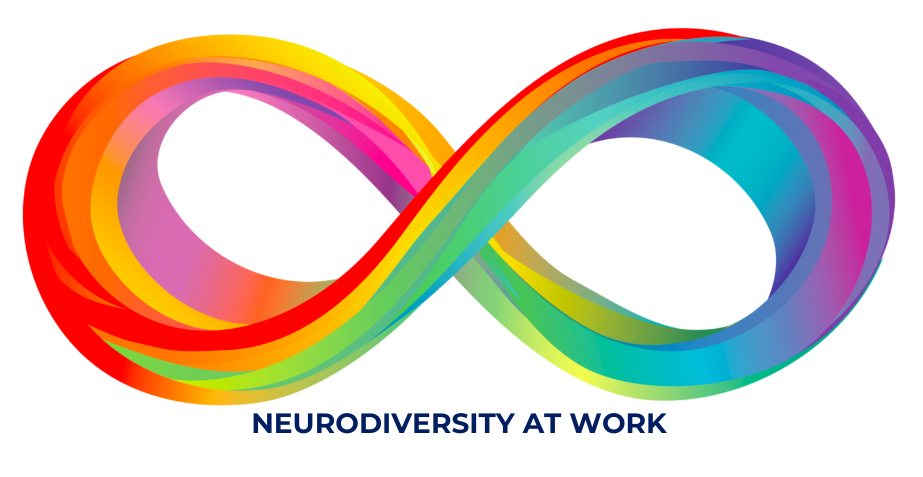I was completely unaware of my ADHD and Autism for most of my life. I spent over 9 years in professional work environments thinking that my chronic fatigue was laziness and that I was indecisive and incompetent when I spread myself thin working on multiple tasks at once instead of prioritizing based on urgency like my peers. Somehow, I still managed to hustle through these challenges to get the job done, but not without metaphorical scrapes and bruises. It wasn’t until my own diagnosis that I learned about the existence of neurodiversity.
What is neurodiversity?
Simply put, it’s diversity aka having variations in or different ways our brains and nervous system works. We know that biodiversity is essential to all life processes on Earth. Different organisms thrive in certain ecosystems where others may not, but this is necessary as our world is made of different environments. It’s the same with neurodiversity. If we are to be creative and innovative in solving today’s most complex problems, we need all the different ways that brains can think and process information.
Different neurotypes are like different operating systems for computers. They process information differently, require different specs in order to run, and have different areas of strengths and weaknesses. However, with computers, we get to decide what operating system we want to use based on what we’re trying to do. With human brains, you get the one that you get.
But what we can learn from this analogy is that there’s value in different types of operating systems, otherwise, there wouldn’t be different types. People would just keep buying the one and the others would run out of business. Different neurotypes bring different strengths, and we need all of them to flourish. Neurodiversity is an example of biodiversity which means that different brains and neurotypes have always existed and have evolved just like the rest of the biological world.
Types of neurodivergence
The two most commonly referred to types of neurodivergence are ADHD and Autism. However, neurodivergence includes all the variations of brains that are divergent from the “norm” – commonly referred to as neurotypical. Other examples of neurodivergence include, but are not limited to, OCD, Tourette Syndrome, BPD, Bipolar, traumatic brain injuries, and PTSD.
Similar to other privileged identities, just because neurotypicality is the dominant neurotype, doesn’t mean it’s the best, most useful, or the one we should value and aspire to. With proper support to ensure needs are met, neurodivergent people can also thrive and make significant contributions to the work we do, the communities they’re a part of, and the lives of those around them.
Neurodiversity at work
Organizations have become increasingly more aware of the valuable strengths neurodivergent people bring to the workplace:
- Creative out-of-the-box thinking
- Detail-oriented while keeping track bigger picture context
- Questioning how things are done leading to process improvements
- Pattern recognition and drawing connections between seemingly unrelated things
- The ability (and desire) to keep digging for creative solutions to complex problems
- Honest and deeply committed to fairness and justice
- Better understanding of the consumer – studies show neurodivergent people make up nearly 20% of the population
What’s next?
Awareness of neurodiversity and how it shows up in the workplace is the first step. This is a very critical and important step that many organizations are making toward a more inclusive work environment. Understanding how different brains work will help you to identify how different aspects of the environment or processes may unintentionally create barriers for neurodivergent people. In the next and last part of this series, I’ll share 5 simple and easy-to-implement ways of making your work environment more inclusive.
Don’t miss any of our blogs, events, or training updates. Sign up for our monthly newsletter below!
Anica Dang (they/she) is a regular contributor to MT Consulting Group, with a focus on neurodiversity in the workplace.

